I got the following Karnaugh Maps but I am still having problems working out the expression for XOR from each table.
Table 1
-------
WZ
00 01 11 10
-----------------------
00 | | | | 1 |
-----------------------
01 | 1 | | | |
-----------------------
XY 11 | | | | 1 |
-----------------------
10 | 1 | | | |
-----------------------
Table 2
-------
WZ
00 01 11 10
-----------------------
00 | | 1 | | |
-----------------------
01 | | | 1 | |
-----------------------
XY 11 | | 1 | | |
-----------------------
10 | | | 1 | |
-----------------------
It is XORs, but how can I easily deduce the XOR expressions?

